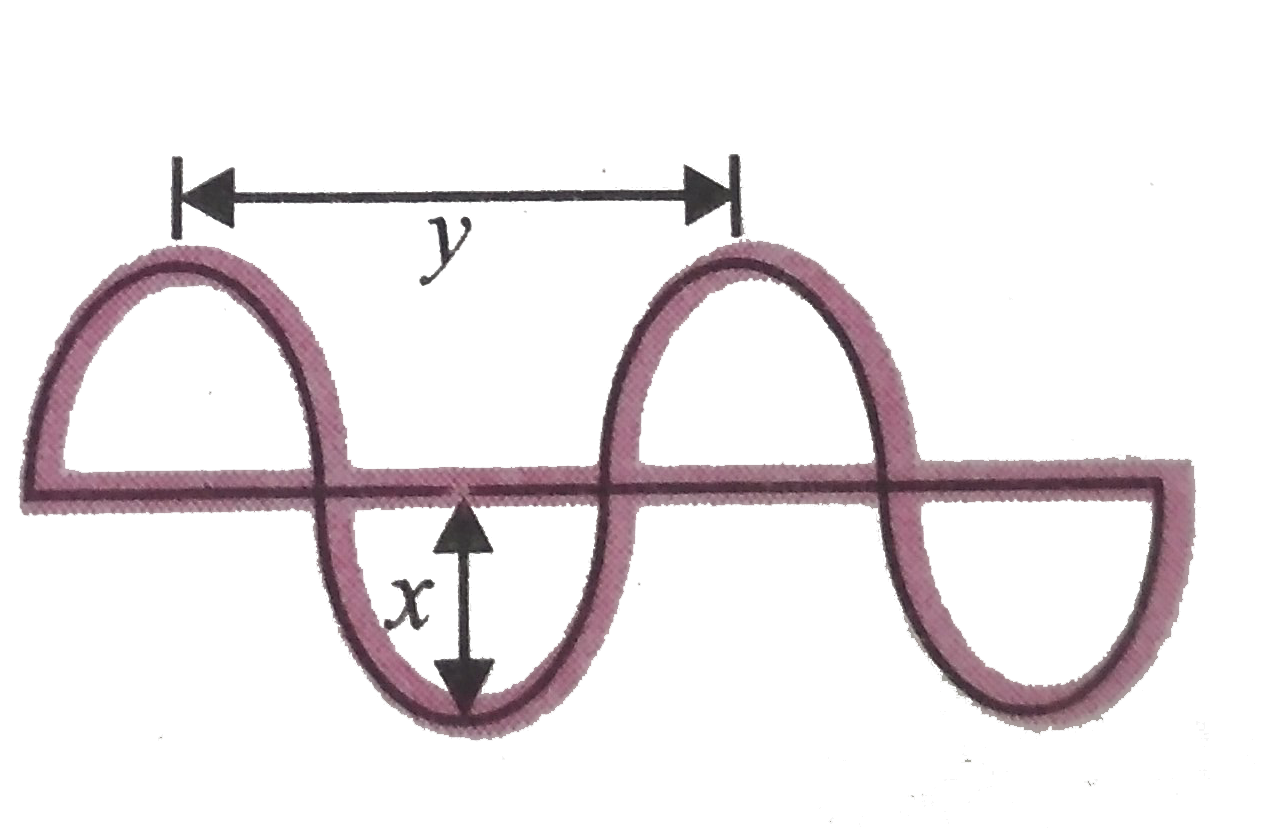Every source of sound is
Vibrating Body
Stationary Body
Moving Body
None
Step-by-Step Solution:
1. Understanding Sound Production: Sound is produced by vibrations. Every source of sound must involve some form of vibration.
2. Identifying Types of Bodies:
- Vibrating Body: This is the primary source of sound. When an object vibrates, it creates sound waves in the surrounding medium (like air).
- Stationary Body: A body that is not vibrating cannot produce sound. It remains at rest and does not create sound waves.
- Moving Body: A moving body can produce sound if it is also vibrating. However, if it is simply moving without any vibrations, it will not produce sound.
3. Role of Air Particles: When a vibrating body moves, it causes the air particles around it to vibrate as well. These vibrations create areas of compression and rarefaction, which are essential for sound propagation.
4. Conclusion: Therefore, every source of sound is fundamentally a vibrating body. The vibrations cause the surrounding medium (like air) to move, which in turn produces sound.
---
- Vibrating Body: This is the primary source of sound. When an object vibrates, it creates sound waves in the surrounding medium (like air).
- Stationary Body: A body that is not vibrating cannot produce sound. It remains at rest and does not create sound waves.
- Moving Body: A moving body can produce sound if it is also vibrating. However, if it is simply moving without any vibrations, it will not produce sound.
Topper's Solved these Questions
- SOUNDBOOK - BEIITIANSCHAPTER - SOUNDEXERCISE - IIT JEE Worksheet (II. Multiple Correct Answer Type)
5 Videos
- SOUNDBOOK - BEIITIANSCHAPTER - SOUNDEXERCISE - IIT JEE Worksheet ( III. Paragraph Type)
5 Videos
- SOUNDBOOK - BEIITIANSCHAPTER - SOUNDEXERCISE - HOTS Worksheet
19 Videos
- MOTIONBOOK - BEIITIANSCHAPTER - MOTIONEXERCISE - IIT JEE WORKSHEET (MATIRX MATCHING)
1 Videos
- WIND, STROM AND CYCLONESBOOK - BEIITIANSCHAPTER - WIND, STROM AND CYCLONESEXERCISE - IIT JEE Worksheet (II. Multiple Correct Answer Type)
1 Videos
Similar Questions
An observer moves towards a stationary source of sound, with a velocity one-fifth of the velocity of sound. What is the percentage increase in the apparent frequency ?
View SolutionAn observer moves towards a stationary source of sound, with a velocity one-fifth of the velocity of sound. What is the percentage increase in the apparent frequency ?
View Solution
Knowledge Check
If an observer moves towards a stationary source of sound with a velocity of one tenth the velocity of sound, then the apparent increase in frequency will be
A0.01B0.05C0.1D0.1%An observer moves towards a stationary source of sound, with a velocity one-fifth of the velocity of sound. What is the percentage increase in the apparent frequency?
A(a) 0.5%B(b) zeroC( c) 20%D(d) 5%An observer moves towards a stationary source of sound with a velocity one-fifth of the velocity of sound. What is the percentage increase in the apparent frequency?
A5%B20%C0%D0.5%
An observer moves towards a stationary source of sound, with a velocity one-fifth of the velocity of sound. What is the percentage increase in the apparent frequency?
View SolutionHow are compressions and rarefactions produced near a source of sound ?
View Solution(a) A sound wave travelling in a medium is represented .
(i) Which letter represents the amplitude of the wave ?
(ii) Which letter represents the wavelength of the wave ?
(iii) What is the frequency of the source of sound if the vibrating sound makes 360 oscillations in 2 minute ?
(b) Describe an experiment to show the reflection of sound.
 .
.
View SolutionPitch of the sound appears to…………………………when the source of sound moves away from the observer.
View SolutionAn observer is moving towards the stationary source of sound, then
View Solution
